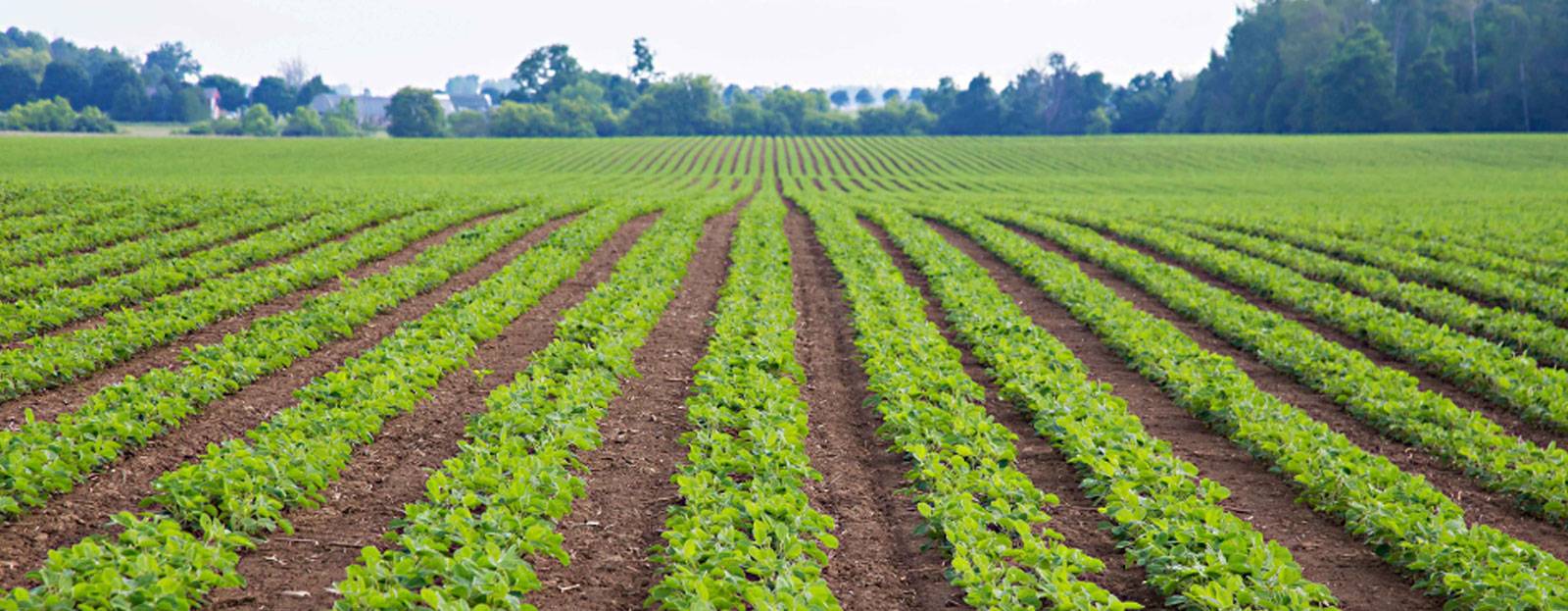
By Andrew Joseph, Editor
It’s getting close to that time of year—planting time, and with it comes the promise of a healthy crop. We hope.
But it also comes with a promise of pests.
CAAR talked with field expert Marc Maisonneuve, an Ontario-area agronomist with Corteva Agriscience, for his view on early-season soybean crop pests and how producers can combat the issue.
Early in the growing season, Maisonneuve said that growers can expect a whole slew of insects, such as wireworm and cutworm, grubs, seedcorn maggots, that could influence seed treatment purchases from an agri-retailer.
“Soybean aphids and bean leaf beetles are other culprits that can cause significant damage if the infestation is high enough,” explained Maisonneuve. “These pests have always been a significant threat to Ontario soybean fields, which is why growers need to have the right plan to address them to the best of their abilities.”
Maisonneuve noted that early-season insects can feed on soybean seeds and seedlings, causing plant injury, stunting, delayed emergence, or stand loss. Pests such as bean leaf beetles feed on young soybean plants later into the reproductive stage.
“For example, a high enough infestation of soybean aphids can damage a lot of plant material, causing up to 20 percent yield loss alone,” he said. “This loss level is always a blow to a grower’s financial operation, and never more so than now, given the high input costs across the agriculture industry.”
He continued: “Growers need to invest and use the right insecticide treatment at the optimum time to combat infestations when they arise. The right soybean seed treatment can keep soybean aphid levels low early in the growing season, potentially mitigating the need for foliar insecticide application later in the season.”
We are all aware that although pests are known to cause a fair amount of crop damage within areas of the field under immense population pressure, producers of seed treatments have done an exceptional job of giving farmers the protection they need to get the desired yield.
What Lies Beneath
Maisonneuve said that one of the most important tools one can have as an agronomist—and as a grower—is to carry a shovel when heading into the soybean fields.
“It’s sometimes difficult to see your pest situation if you only have an above-ground view,” he related. “It’s why it’s always important to dig for answers when in doubt.”
He said that although one may not be able to see below-ground pests immediately, he advises continuing to look at the root system of the soybean plant, which can provide key indicators of your plant’s health and whether the crop is susceptible to insect infestations.
“Roots that are impaired by ill-advised tillage practices and compaction, for example, become more vulnerable to insects and disease, which will take advantage of a weakened roots system,” Maisonneuve mentioned.
Maisonneuve offered some best practices to maintain control over emerging pest populations.
“Crop rotation can prevent pest build-up through the disturbance of the lifecycle of pests,” he said. “Though it might be tempting for some to be consistent with a particular crop, having a long-term strategy and rotating your crops is one crucial step for growers to take to lower the chance of pest infestations and help their odds of producing a solid crop yield.
“Crop rotations help growers build a pattern that allows them to manage pests more effectively and without having to rely on crop protection products more heavily.”
Like crop rotation, Maisonneuve said that tillage, or lack of it, is another method of disrupting pests’ lifecycles and population build-up. “No-till farming reduces seedcorn maggot risk in soybeans, while tillage influences wireworm and cutworm habitats,” he said.
“And then there are seed treatments,” related Maisonneuve, “which remains an effective tool to protect crops and prevent early season pest damage. It goes hand-in-hand with these crop management practices, becoming more effective when used in tandem.”
He noted that another important step is scouting, “because whether it’s soybean aphids or beetles, pests appear and move quickly, making it important to check your fields regularly before yield and crop health are compromised.”
He acknowledged that over the years, Ontario soybean growers have done an excellent job of combining cultural crop management practices, such as crop tillage and crop rotation, with appropriate seed treatment applications to maintain high yield potential.
“It’s only when growers let off that the threat levels jump right back up,” he warned.
But not every seed treatment is created equally, and growers must be aware of that in their fight to proactively or reactively manage these pests to prevent crop damage. According to Maisonneuve, they should also be aware of seed options built to withstand potential in-field threats.
“Enlisting E3 soybeans varieties from Brevant seeds gives growers the latest in soybean technology in a range of maturities for all regions with disease resistance packages that have been rigorously developed and locally tested,” he said.
“Beyond seeds, growers know that seed treatment insecticides can provide that extra layer of protection that can make all of the difference come harvest. We’ve seen a lot of success with the Lumiderm insecticide seed treatment from Corteva Agriscience, which protects soybean yields from early season insects like wireworms, grubs, seedcorn maggots, bean leaf beetle, and soybean aphid,” summed up Maisonneuve. “Lumiderm is part of the LumiGEN family of seed treatments designed to work with Corteva genetics and maximize productivity.
Some Friendly Advice
- Crop rotation: Crop rotation can prevent pest build-up by disturbing the lifestyle of pests.
- Crop tillage: crop tillage will disrupt the lifestyle of belowground feeders, reducing pest population build-up.
- Seed treatments: Insecticide seed treatments are a practical tool to protect and prevent early-season pest damage.
- Scouting tips: Whether it is aphids or beetles, pests appear and move quickly through a field. Remind farmers to have their fields checked regularly to ensure that yield and crop health are not compromised.
